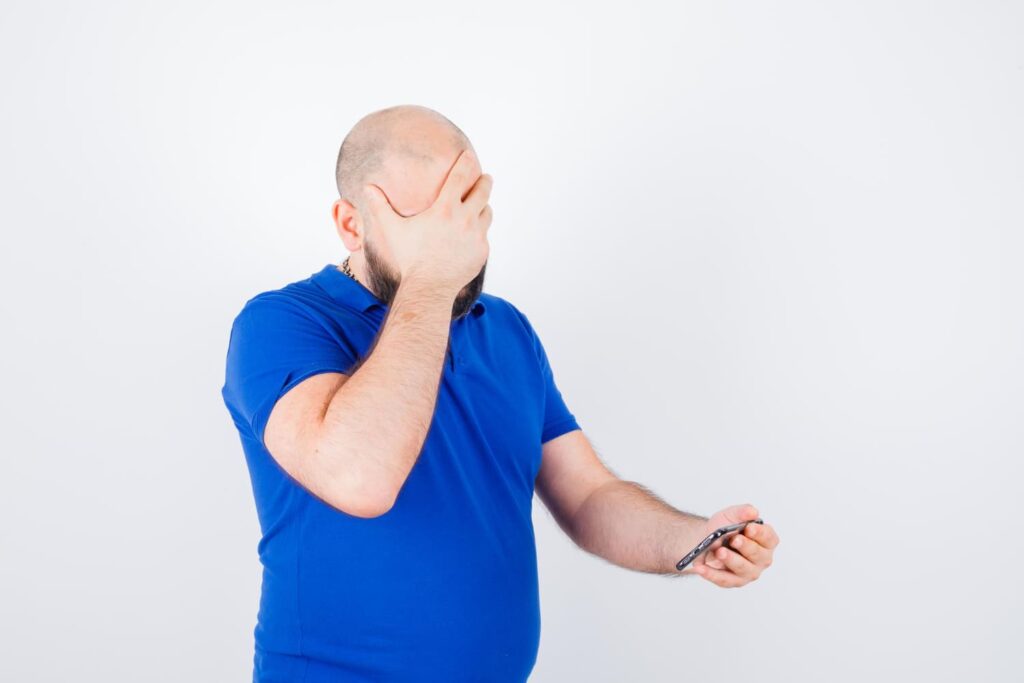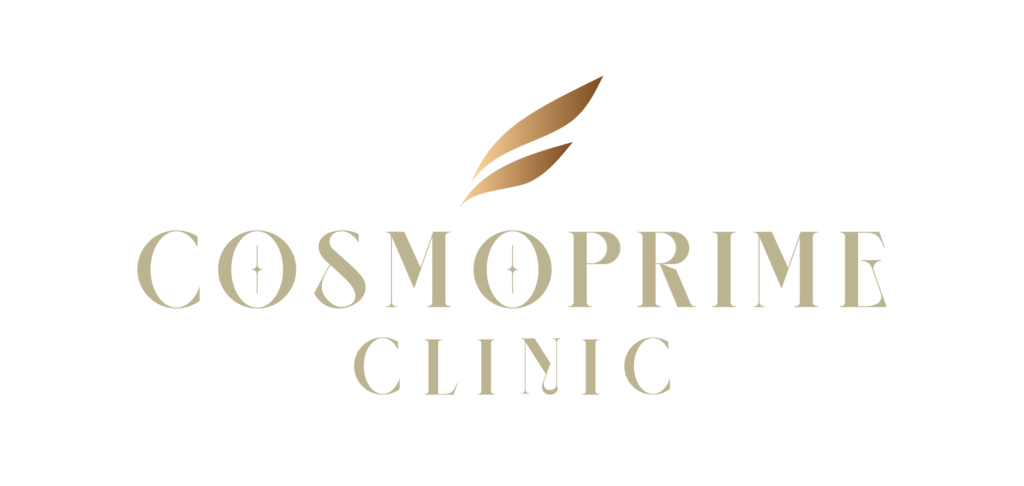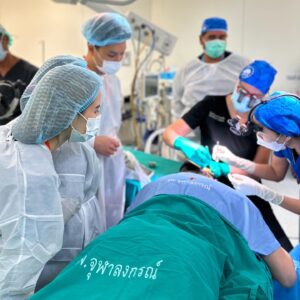Discover whether finasteride can effectively treat hair loss and promote hair regrowth. Learn how it works, its benefits, side effects, and who can benefit from this medication.
tablie of contents
What Is Finasteride?
Finasteride is an FDA-approved oral medication primarily used to treat androgenetic alopecia (male pattern baldness). It works by inhibiting the enzyme 5-alpha reductase, which converts testosterone into dihydrotestosterone (DHT)—a hormone that shrinks hair follicles and causes hair loss.
How Finasteride Works:
- Blocks DHT production
- Prevents hair follicle shrinkage
- Slows or stops hair thinning
Does Finasteride Regrow Hair?
Finasteride is not a hair growth stimulant but helps maintain existing hair and prevent further hair loss. Studies show that consistent use over 3 to 6 months can result in visible hair regrowth for some users, especially in the crown area.
Effectiveness of Finasteride:
- Reduces DHT by approximately 70%
- Slows hair loss progression
- Promotes hair regrowth in some cases

Who Is Finasteride Suitable For?
Finasteride is most effective for men experiencing early to moderate hair loss due to androgenetic alopecia. It is not recommended for women, particularly those who are pregnant or may become pregnant, due to potential risks.
Ideal Candidates for Finasteride:
- Men with male pattern baldness
- Individuals seeking to maintain existing hair
- Patients in the early stages of hair thinning
Side Effects and Considerations
While finasteride is generally safe, some users may experience side effects. These side effects are rare but can include:
Possible Side Effects:
- Decreased libido
- Erectile dysfunction
- Mood changes
Precautions:
- Not for use by women or children
- Requires long-term use for continued results
- Consult a doctor before starting the medication
Can Finasteride Be Used Alone?
Finasteride can be effective on its own but works best when combined with other treatments like minoxidil, PRP therapy, or hair transplants for more comprehensive hair restoration.
Combination Treatments for Better Results:
- Finasteride + Minoxidil: Targets hair loss from multiple angles
- PRP Therapy: Stimulates scalp circulation
- Hair Transplants: For advanced hair loss cases
Read more : Dutasteride vs Finasteride
When to Expect Results
Visible improvements from finasteride usually take 3 to 6 months, with optimal results appearing after a year. Consistency is key, as discontinuing use may reverse the progress.
Timeline of Results:
- 3-6 Months: Reduced shedding
- 6-12 Months: Visible hair thickening
- Ongoing: Maintenance of results
Hair Transplants: For advanced hair loss cases
Is Finasteride Right for You?
If you’re experiencing hair loss and want to preserve your hair, finasteride may be a suitable option. Consulting with a qualified specialist can help determine the best treatment approach tailored to your needs.
Contact Cosmo Clinic today to explore personalized hair restoration solut
Conclusion
Finasteride is a proven and effective medication for treating male pattern baldness by blocking DHT. While it cannot regrow lost hair entirely, it can prevent further hair loss and, in some cases, promote regrowth. For optimal results, combining finasteride with other treatments like minoxidil or hair transplants can offer comprehensive hair restoration. Always consult a medical professional before starting finasteride to ensure it’s the right choice for you.







